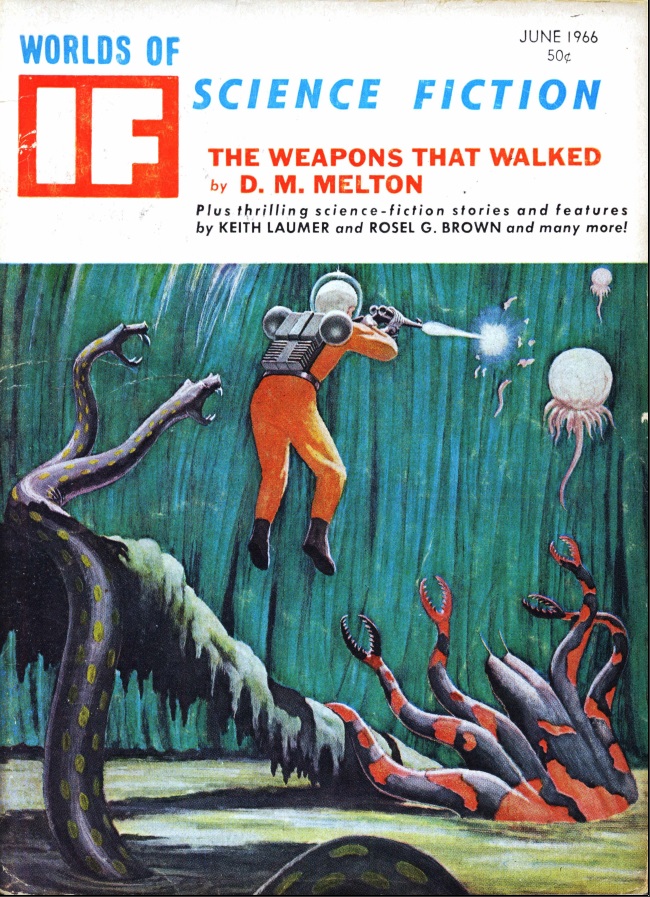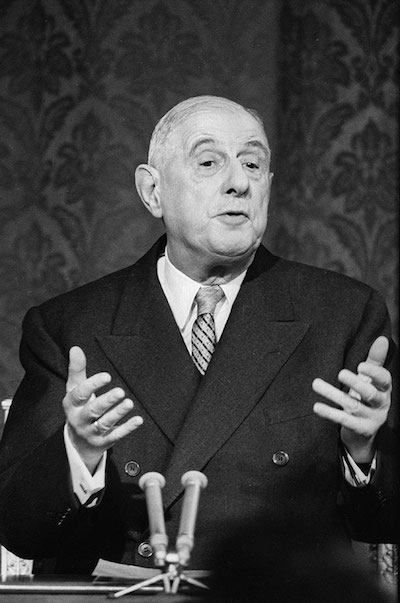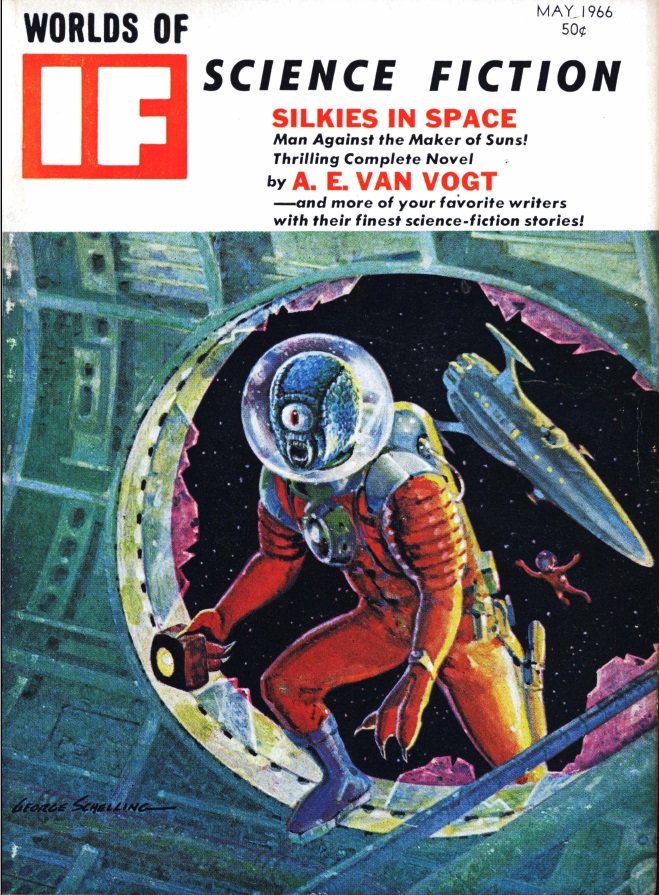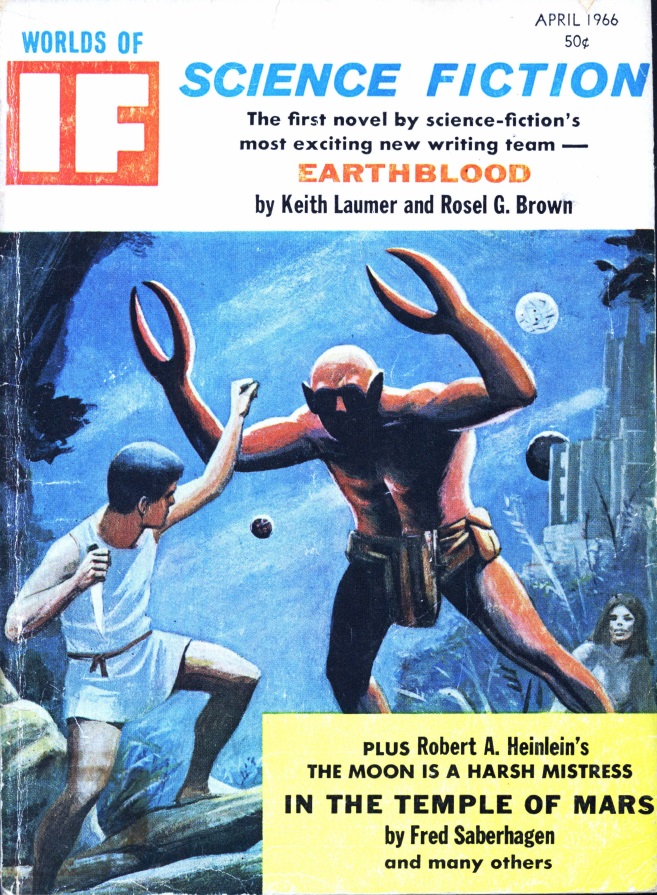
by David Levinson
Not with a bang but a whimper
– T. S. Eliot, The Hollow Men
Starting with a Bang
This month, we note with regret the passing of Monsignor Georges Lemaître on June 20th, at the age of 71. You are likely wondering who that was and what a Catholic priest has to do with the sort of things we usually discuss here at the Journey. Though not well known in America, Msgr. Lemaître was one of the most important theoretical astronomers of this century. After earning his PhD. in mathematics in his native Belgium, he spent a year at Cambridge under Arthur Eddington, who introduced him to modern cosmology, followed by a year at the Massachusetts Institute of Technology under Harlow Shapley. In 1927, he published a paper in a minor Belgian journal in which he proposed that the red shift of other galaxies could be explained by an expanding universe. That was two years before Edwin Hubble published his theory of a relationship between velocity and distance for extragalactic bodies. Lemaître also made a first estimation of the constant now called the Hubble constant.
Then in 1931, he suggested that the vectors of all the objects could be tracked backwards to a single point. He dubbed this the “primeval atom”. This is the beginning of the theory which Fred Hoyle called the “big bang” in contrast to his favored steady-state theory. The evidence in favor of Lemaître’s theory has mounted over the years, and it now looks to be the best explanation for the beginning of the universe. The Monsignor was also a mathematician and one of the first people to use computers for cosmological calculations. He was elected to the Pontifical Academy of Sciences in 1946 and served as its president since 1960. Although a devout Catholic, he firmly believed that science and religion were not in conflict, but nevertheless should not be mixed.

Lemaître with Robert Millikan and Albert Einstein following a lecture at the California Institute of Technology in 1933.
Ending with a Whimper
They say an author should try to come up with a good opening line, or hook, to grab the reader’s attention. Things like “It was a bright cold day in April, and the clocks were striking thirteen,” “It was a pleasure to burn,” or (one of my favorites) “If I had cared to live, I would have died.” It’s important to start with a bang, but all too often writers forget about a satisfying ending. Stories taper off into nothing, plot threads are never tied up, or ridiculous bits of action are introduced out of nowhere to get the author out of a corner they painted themselves into. Quite a few of the stories in this month’s IF start off promisingly, if not with a bang, and end not with a whimper, but a resounding thud.

No matter what the Table of Contents says, this outer space construction site has nothing to do with The Foundling Stars. Art by McKenna
Continue reading [July 2, 1966] The Big Thud (August 1966 IF)

![[July 2, 1966] The Big Thud (August 1966 <i>IF</i>)](https://galacticjourney.org/wp-content/uploads/2021/06/IF-1966-08-Cover-644x372.jpg)
![[June 2, 1966] Bad Decisions (July 1966 <i>IF</i>)](https://galacticjourney.org/wp-content/uploads/2021/05/IF-1966-07-Cover-654x372.jpg)


![[May 2, 1966] By Any Other Name (June 1966 <i>IF</i>)](https://galacticjourney.org/wp-content/uploads/2021/04/IF-1966-06-Cover-650x372.jpg)


![[April 2, 1966] Hidden Truths (May 1966 <i>IF</i>)](https://galacticjourney.org/wp-content/uploads/2021/03/IF-1966-05-Cover-659x372.jpg)




![[March 2, 1966] Words and Pictures (April 1966 <i>IF</i>)](https://galacticjourney.org/wp-content/uploads/2021/02/IF-1966-03-Cover-1-657x372.jpg)
